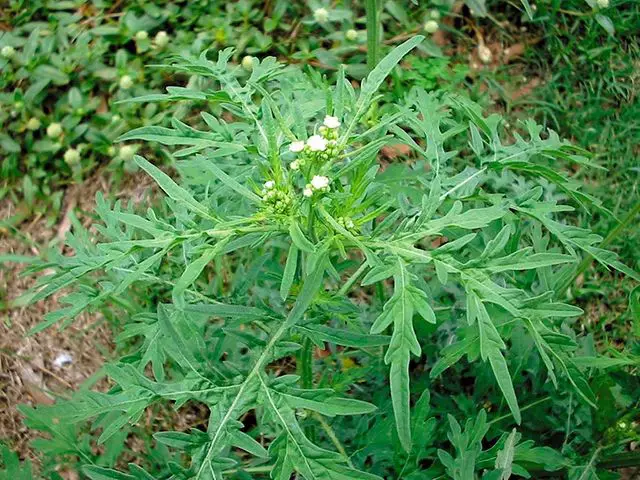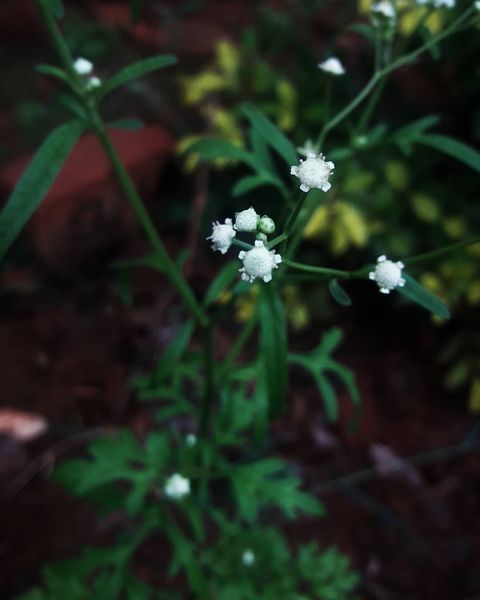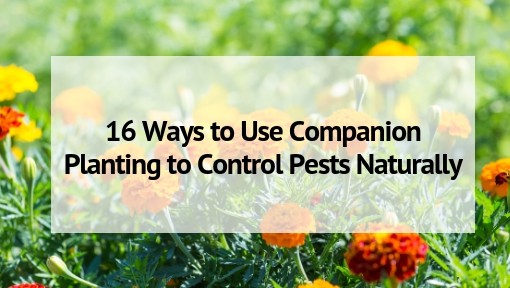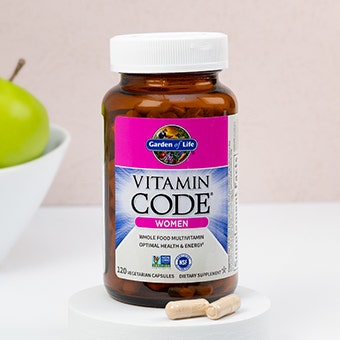While most plants in nature are beneficial to humans, there are also some harmful plants. Parthenium is one such harmful plant. Not least, this weed is very harmful. Parthenium is one of the seven most dangerous weeds in the world. These days this poisonous weed is widely seen in almost all districts. In many places, Parthenium is buzzing around human settlements, in open fields, and even on arable land. All the places that were earlier occupied by plants with various medicinal properties like Bhringraj, Kalmegha, Tulsi etc. are now ruled by the weed Parthenium. Immediate emphasis should be given to the control of this weed.
Advent of Parthenium
The arrival of Parthenium in India in the 1950s, through the importation of wheat from the Americas. Then it gradually spread from west to east India. It is now widespread throughout the subcontinent, including India and Bangladesh. Thus Parthenium is a short-lived plant. But what if, its reproductive power is extraordinary. This is very difficult to stop.
Parthenium: Plant Identity

The scientific name of the parthenium plant is Parthenium hysterophorus L. This plant can grow up to 1 to 1.5 meters tall when fully grown. Parthenium leaves look a lot like carrot leaves. For this reason in many places this plant is called carrot grass. Parthenium flowers are small in size, white in color, with a large number of flowers. The final result of the flower is the seed. One plant can produce 10,000 to 15,000 seeds. The seeds are very small. These float in the air and spread far and wide. In addition, parthenium seeds are spread far and wide by mixing with irrigation water, cattle dung, human feet and car wheels.
All parts of the parthenium plant contain a variety of pesotoxins, such as sesquiterpene lactone. Parthenin is one of them. Due to the presence of all these toxins, these plants are especially harmful to humans and animals.
Harmful Effects of Parthenium

Parthenium is said to be an invasive species. This plant is a master at damaging neighboring plants. Weeds suppress the germination, growth and reproduction of other nearby plants with the help of certain chemicals. In botany this process is called allelopathy. Parthenium is the master of allelopathy. Allowing the plant to grow freely means endangering indigenous plants and crops. According to agronomists, contamination of parthenium that grows on the side of the field may reduce crop yields. It is especially dangerous for crops like paddy, wheat, maize, mustard, gram, eggplant, tomato, chilli, etc.
Parthenium is very harmful to cattle. Their skin swells as a result of the poison when they graze on the plants. Skin disease appears. Ingestion of this plant can cause gastrointestinal problems, diarrhea and fever in cows, buffaloes and goats. As a result, their fertility and milking capacity decreases. Moreover, dairy cows and buffaloes eat this plant and their milk becomes bitter. A calf can die if it eats that milk. There is a possibility that people will get sick if they drink that milk.
Parthenium is not less harmful to humans. Humans may experience an allergic reaction if they come close to or touch the plant. may appear—
- Fever
- Headache
- High blood pressure
- Diarrhea
- Burning eyes
- Redness of the skin
- Skin swelling
- Itching
Including various symptoms. Maybe eczema too. The effect of parthenium is to create a kind of complex skin disease in many. It is called parthenium dermatitis. It can also cause various diseases including asthma, bronchitis and hay fever. In all cases, the risk to children is the highest.
Parthenium Suppression Method
Suppressing poisonous parthenium plants is not a huge task. There are several methods of controlling these weeds.
- Suppression of poisoning (Not Recommended): Parthenium can be suppressed by spraying Paraquat types chemical poison. But such poisons are extremely harmful to people and the environment. So we do not recommend following this procedure.
- Control by spraying with kerosene oil: Parthenium plants can be killed by spraying with kerosene oil. But it is costly. Moreover, kerosene is bad for the soil, even worse if it gets mixed with water in nearby bodies of water. So this is also not a good method.
- Suppression by fire: An easy way to destroy parthenium plants is to set fire and burn the bushes of this plant. It is an effective method. However, there is a downside to this approach. When plants are burned, plant molecules and seeds can be spread around with the wind. These can cause problems for nearby humans and animals. Moreover, the fire causes some damage to the soil.
- Biological control: According to experts, Parthenium plants can be controlled with various leaf-eating insects. Research on this method is ongoing. But it is still not so popular.
- Saltwater application: This method is one of the most popular methods of Parthenium control. In this case, a thick solution of salt water (1 kg of salt should be prepared in every 4 liters of water) should be sprinkled on the plant. Within two to three days the plant will die.
- The most effective and environmentally friendly method of controlling parthenium is to cut down plants and bury the soil. In this case, parthenium plants of the whole area should be cut from the roots and the soil should be buried in a deep hole. Gloves, face masks, eyeglasses and body-covering should be worn while cutting down plants. The head should also be covered with a towel. The whole operation should be carried out slowly, not in a hurry. At the end of the work, the workers have to wash all the clothes, bathe themselves and enter the house.
Frequently Asked Questions
What is Parthenium weed?
How do I control poisonous weed?
What are herbicides?
What is the best herbicide to use on Parthenium weed?
What are the side effects of herbicides?
What are the other methods to control Parthenium weed?
How long does it take for herbicides to work?
How do I avoid herbicide drift?
How can I avoid herbicide damage to my trees?
We Want Urgent Steps to Control Parthenium
Many people still have no awareness about the noxious weed Parthenium. If the administration does not give due importance in this regard, public awareness will develop or what? At present, due to climate change and unpredictable rains, weed is spreading to new areas. This is not a good sign at all. This danger should not be ignored anymore and urgent measures should be taken to control Parthenium. Moreover, it is also necessary to investigate whether this plant can be used for organic fertilizer production, biopesticide production, biogas production, drug production, etc.
Voluntary organizations in many places are making efforts to eradicate parthenium. In many cases conscious citizens themselves are doing their best on a personal level. But more action is needed to eliminate the Parthenium threat. It is not possible without government initiative. Municipal and Panchayat administrations especially at the local level need to be active in eradication of this weed. Otherwise, the situation will become more complicated in the near future. Then maybe there will be nothing to do but indulge.



